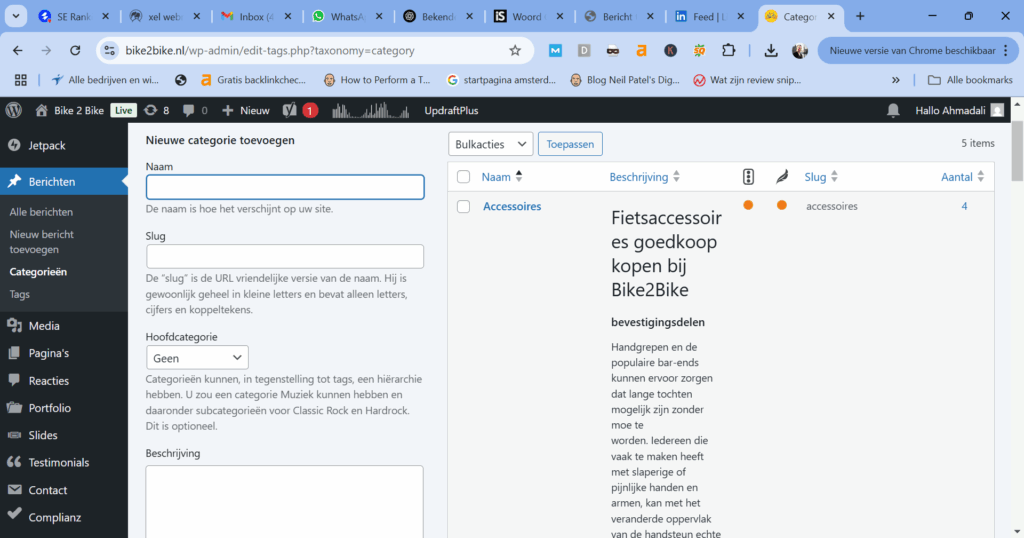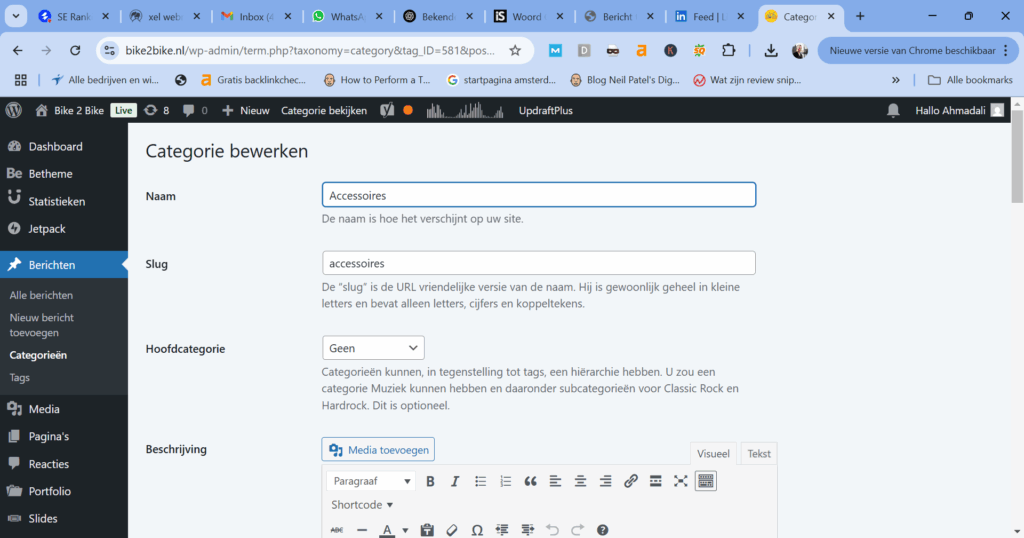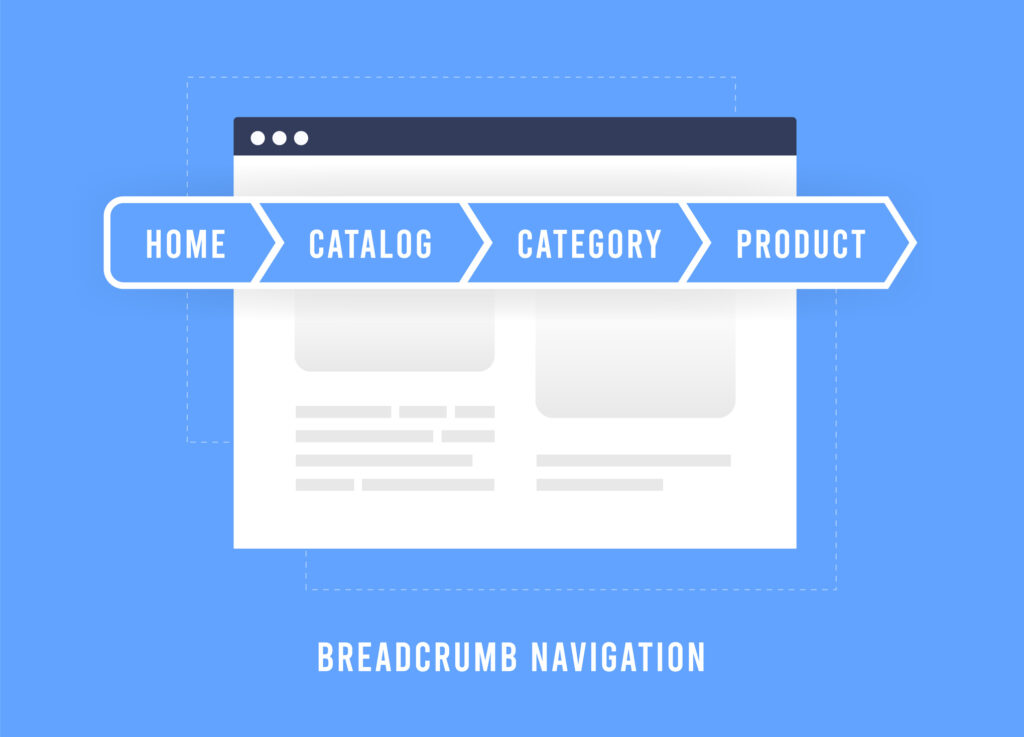- 06-41226543
- info@connectyourworld.nl


Last Updated on 14 May 2025 by connectyourworld
Category pages are more than just collections or products. They are key landing pages that help customers navigate your store efficiently. Imagine walking into a well organized clothing store where jeans are in one section, jackets in another, and assecoires in a separate space. Now, picture a store where everything is randomly piled up without labels or organization. Which one would you prefer? Search engines like Google think the same way. A well structured category page helps Google understand what your store is about and how products are grouped, improved your chances of ranking for broader, high traffic search terms.
For example, if you sell running shoes a properly optimized category page titled “Mens running shoes” could rank for terms like “best running shoes for men” or “lightweight running shoes”. this means customers searching for general product categories, rather than specific brands or models, can find your store before they even know what specific product they want.
Beyond SEO category pages play a crucial role in user experience. A well designed category page allows shoppers to quickly browse through products. They apply filters and find what they need without frustration. If customers struggle to navigate your store, they are more likely to leave, increasing bounce rates and hurting your rankings.

A strong category page isn’t just about displaying products, it needs to be optimized for search engines and users alike. One of the first areas to address is the url structure. URLS should be clean, descriptive and easy to understand. Instead if something messy.
Bad example: yourstore.com/category?id=24
Good example: yourstore.com/mens-running-shoes
This structure is more user friendly and helps search engines understand the page’s content.
Next, let’s talk about meta titles and descriptions. These are what how up in search engine results, so they need to be compelling. A meta title for a category page should be both keyword rich and engaging. In stead of just saying “Men’s running shoes / XYZ Store,” astronger version would be: “shop men’s running shoes – lightweight & supportive styles / XYZ store.” This approach naturally includes important keywords while also appealing to potential customers.

The category page content itself is another overlooked opportunity. Many stores simply list products without any additional content, which is a wasted SEO chance. Adding a short keyword rich introduction at the top of the page can improve rankings and provide useful information to shoppers. For example a category page for hiking backpacks might include a paragraph like: “Exploring our collection of durable and lightweight hiking backpacks, perfect for day hikings, overnight trips and long expeditions. Designed with adjustable straps and weather rsistant materials, our top rated backpacks ensure comfort and protection in any terrain.
This approach naturally incorporates keywords while providing valuable information. Some stores also add and FAQ section below the products listings, answering common customer questions about sizing, materials or care instructiobs. This not only improves user experience but also increases the page’s keyword relevance.
Internal linking is one of the most effective ways to strenghten your category pages. It helps distribute SEO value throughout your store. If you have ever read a blog post that links to related articles or products, you have seen this in action. The goal is to create a web of connections between related content. So that both users and search engines can easily navigate your site.
One best practice is to link from blog content to category pages. If you have a guide titles : How to choose the best running shoes for your foot type”, linking to your “men’s running shoes” and “women running shoes” category pages make perfect sense. This not only improves SEO but also increases the chances of turning informational readers into buyers.

Another strategy is to use breadcrumbs navigation, which is a secundary navigation system that helps users understand their location on your site. For example, a breadcrumb trail for a product page might look like:
Home > Men;s shoes > running shoes > Nike Air Zoom Pegasus 9
Breadcrumbs make it easier for shoppers to navigate back to category pages and also reinforce your site’s structure for search engines, improving crawlability and rankings. Finally linking between related categories can help shoppers discover additional products. If someone is browsing your Winter jackets category, a small block of text suggesting hiking boots or thermal gloves could keep them engaged longer, increasing the chances of additional sales.
As we discusses previously one of the biggest misstakes ecommerce stores make with category pages is thin content – pages that contain little more than a list of products and no additional information. Equally as problematic are duplicate category pages, which can occur when variations of the same category exist under different urls. For example, if your store has pages like:
Search engines may see these as separate pages competing for the same keyword, which can dilute rankings. To fix this, us ecanonical tags to tell Google which version of the page is the primary one preventing duplicate content issues.
Another common misstake is creating separate category pages for every minor produc variation. In stead of having different categories for Red running shoes, bluw running shoes and black running shoes, it’s better to have one optimized running shoes category with color filter options. This keeps the site clean, prevents unnecessary duplication and improves SEO.
Category pages are more than just product collections, they are eseential tools for both seo and user experience. When optimized correctly they help search engines understand your ite structure, make navigation easier for cutomers, and improve your chances of ranking for high traffic keywords. Focusing on clean url structures, engaging meta data, well written category descriptions and strategic internal linking can make a huge difference in how well these pages perform.